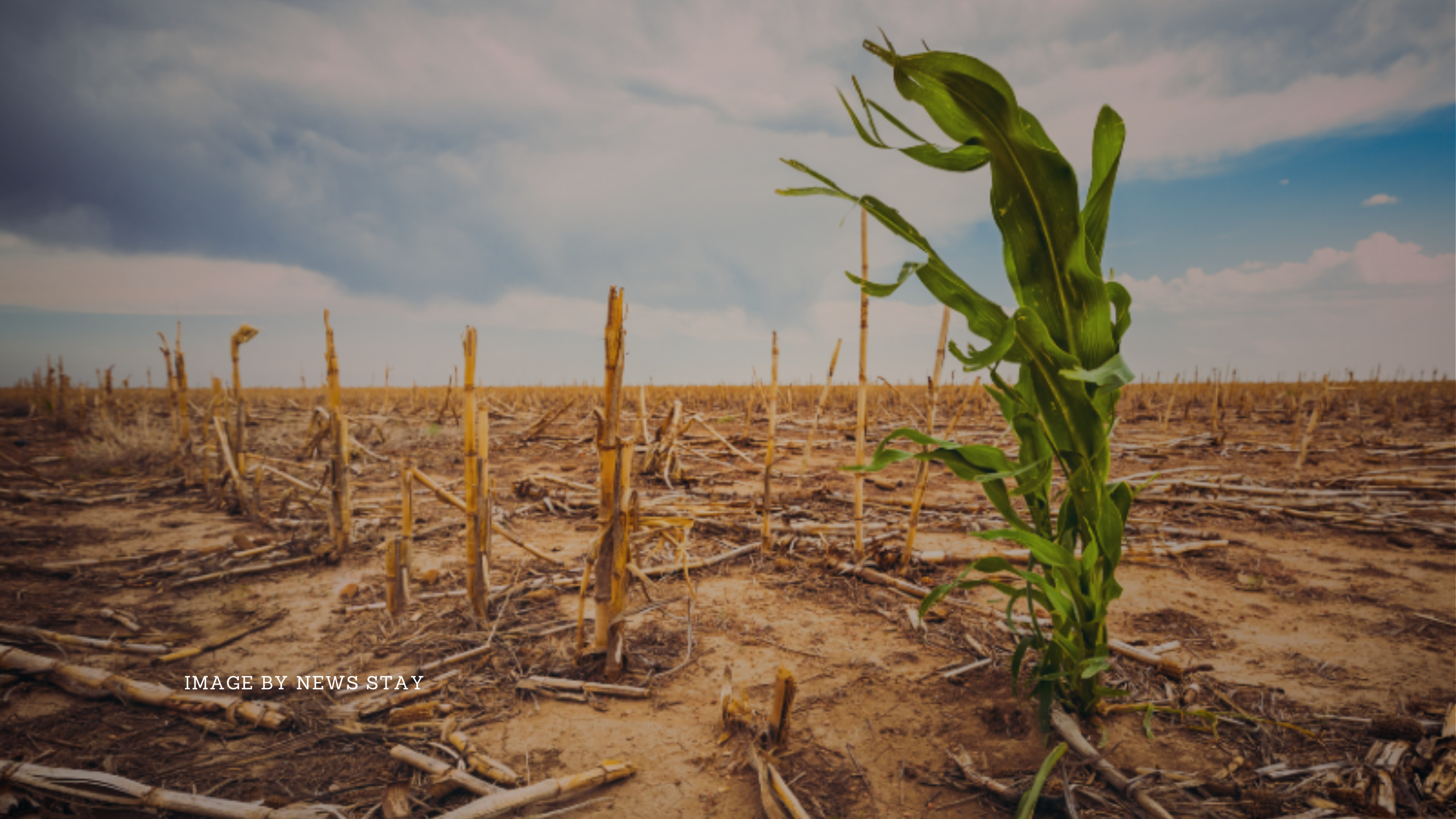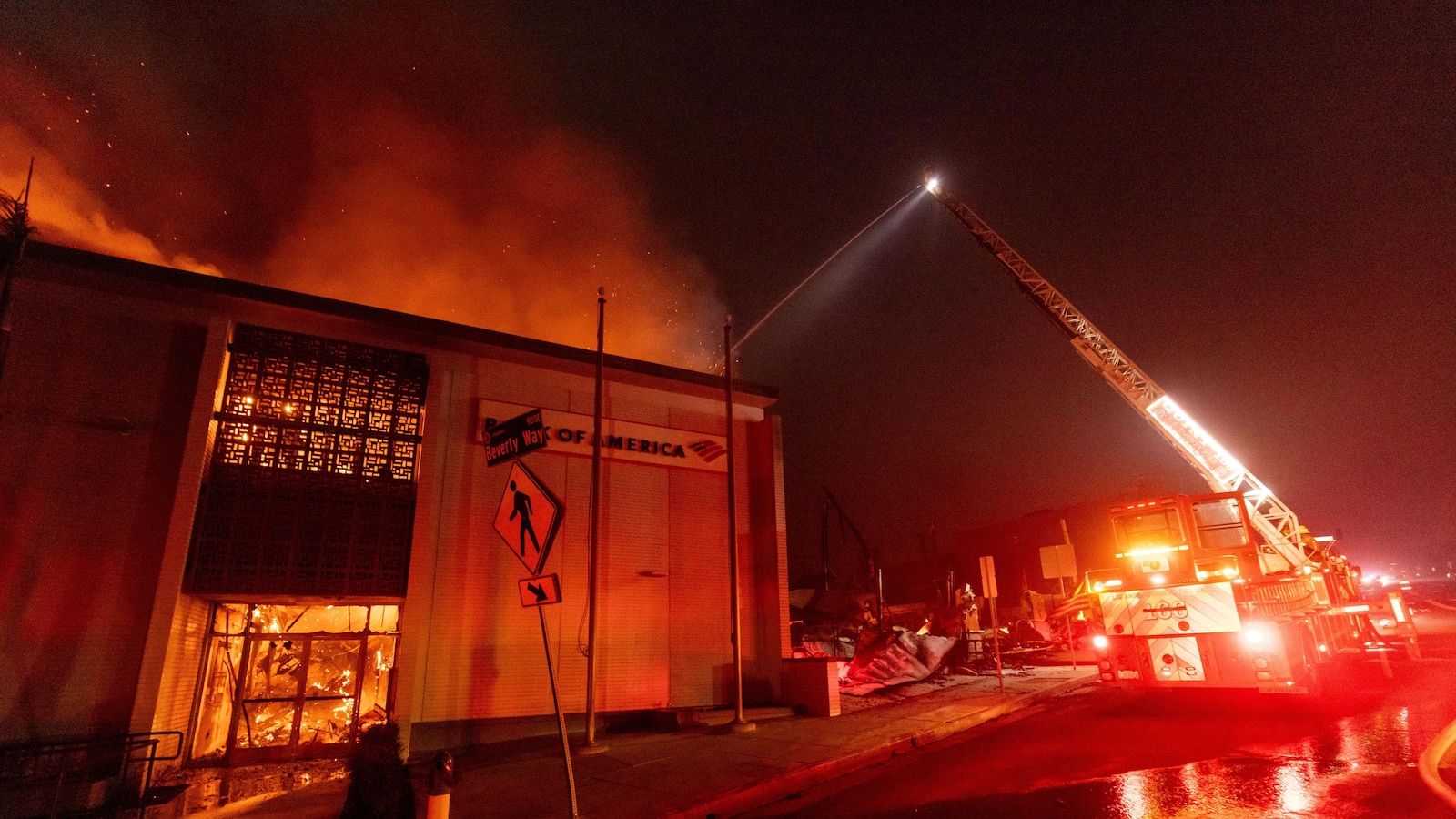Climate change is increasingly disrupting agriculture worldwide, impacting crop yields, food security, and farmer livelihoods. This link between climate change and agriculture is crucial to understanding future food supplies, as rising temperatures, shifting precipitation patterns, and extreme weather events jeopardize our ability to feed a growing global population. Here’s a closer look at how climate change is driving agricultural crises and what this means for the future of food.
How Climate Change Affects Agriculture
- Rising Temperatures and Crop Yields
Higher global temperatures directly affect plant growth and crop yields. Many staple crops, such as wheat, rice, and maize, thrive within a specific temperature range, and even slight increases can hinder their productivity. Heat stress can lead to lower yields and reduced nutritional quality - Water Scarcity and Droughts
Climate change has led to more frequent and prolonged droughts in major agricultural regions, causing water scarcity issues that threaten crop and livestock production. Drought conditions can prevent crops from reaching full maturity, lead to stunted growth, and even lead to complete crop failure in extreme cases. - Shifting Rainfall Patterns
Rainfall patterns are changing, with some regions experiencing intense rainfall and flooding while others face prolonged dry spells. Such variability makes it difficult for farmers to plan planting and harvesting schedules. In regions reliant on consistent rainfall, unpredictable weather can result in crop loss and reduced agricultural output - Soil Degradation
Higher temperatures, frequent droughts, and intense rain also lead to soil degradation, which affects its fertility and structure. Soil degradation reduces the land’s capacity to support healthy crops, resulting in lower agricultural productivity.
Global Consequences of Climate-Induced Agricultural Crises

- Food Insecurity
As climate change disrupts agriculture, food prices are likely to rise, making access to nutritious food difficult for many populations, especially in low-income regions. Food insecurity risks are rising as crop yields decline, and access to food becomes limited. - Economic Hardship for Farmers
Farmers are at the forefront of climate change impacts. In many regions, especially where agriculture is the primary source of income, climate variability translates into economic uncertainty. As yields decrease, farmers may face financial challenges, and some may abandon farming altogether. - Global Food Trade and Supply Chains
Climate-related disruptions in agriculture affect not only local food systems but also global food trade. Reduced production in one region can lead to price hikes and shortages in others, disrupting global supply chains.
Adaptation Strategies in Agriculture
Despite the challenges, there are numerous efforts underway to build climate-resilient agricultural practices. These strategies aim to help farmers adapt to changing conditions and mitigate some of the adverse effects.
- Drought-Resistant Crop Varieties: Agricultural scientists are developing crop varieties that can withstand extreme conditions, including drought and heat. These crops help ensure yield stability even under climate stress.
- Sustainable Farming Techniques: Practices like crop rotation, conservation tillage, and soil management help maintain soil health and water efficiency. These methods can enhance resilience against climate impacts.
- Innovative Irrigation Methods: Advanced irrigation systems, such as drip irrigation and precision farming, help optimize water use and reduce dependency on erratic rainfall patterns.







Leave a Reply